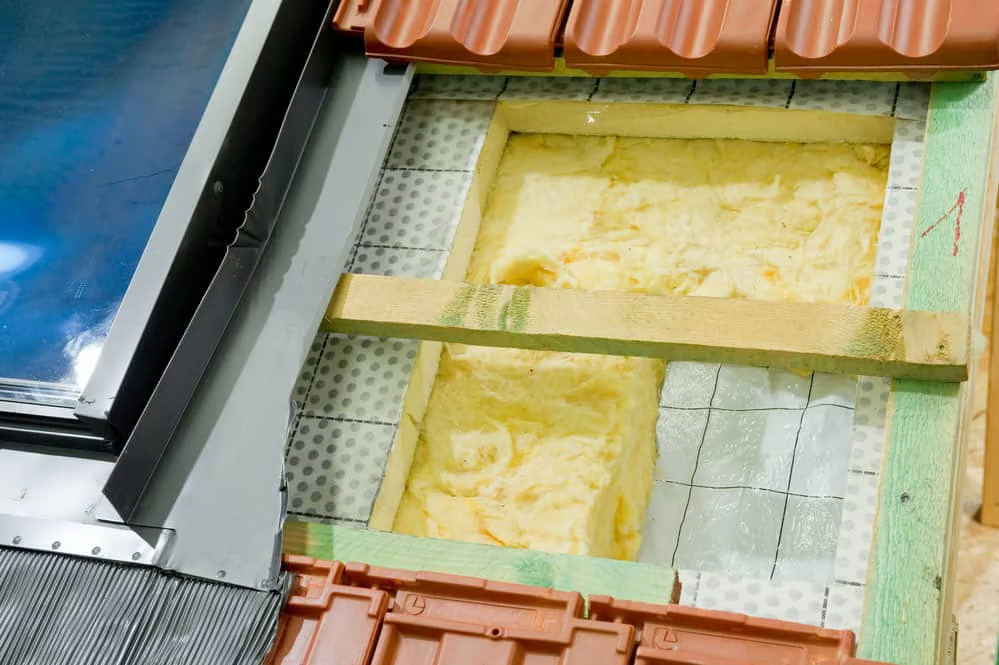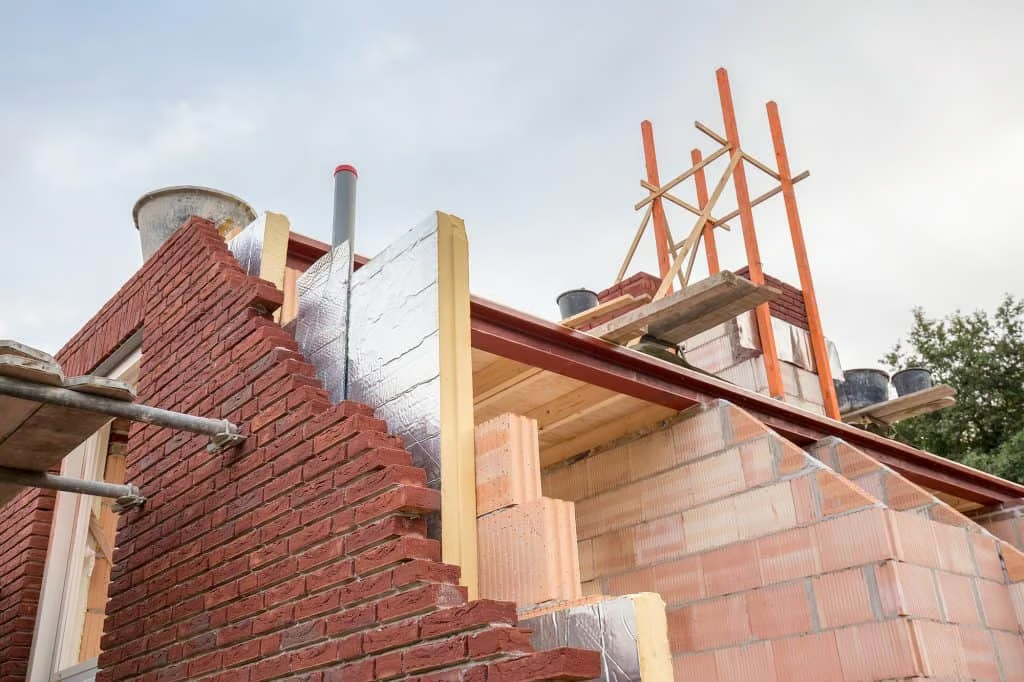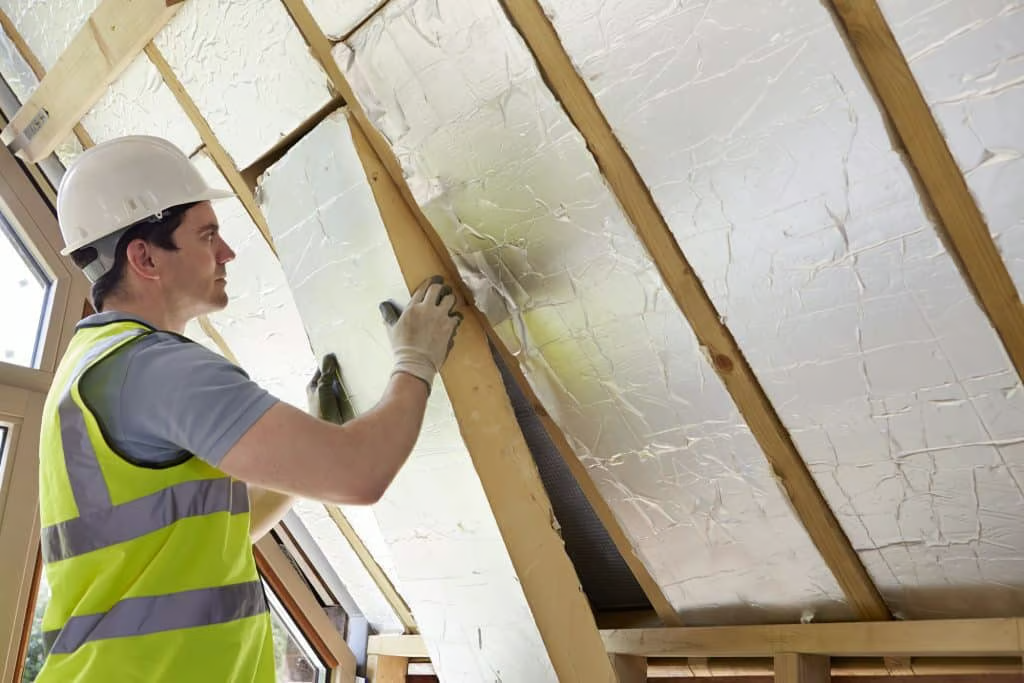
Navigating the array of insulation boards in the market can be challenging when determining the best fit for your specific requirements. This article delves into various insulation board types, exploring their advantages and drawbacks, along with installation guidelines. Learn how to select the right insulation board for your home, considering factors such as thermal conductivity, materials, and application areas.
Varieties of Insulation Boards Insulation boards, integral to building insulation, come in diverse types, each presenting unique merits and demerits. Explore a quick overview of key options:
- PIR Insulation Boards: Featuring foam plastic, these boards offer superior thermal and sound insulation, ideal for cavity walls and external walls.
- EPS Insulation Boards: Crafted from polystyrene, commonly used for protective covering in household appliances.
- Tapered Edge Insulation Board: Thin-edged, suitable for commercial use, especially in flat roof insulation.
- Tongue and Groove Insulation Board: Designed with interlocking slots for tight fits, advantageous for underfloor insulation.
- Shiplap Insulation Board: Similar to tongue and groove but with snug-fitting matching grooves, inspired by shipbuilding techniques.
- Insulation Foam Board: Popular for internal wall insulation due to easy installation but less effective for noise insulation.
- Rigid Foam Board: Suitable for internal wall and flooring insulation, offering enhanced thermal insulation albeit with more complex installation.
- Roof Insulation Boards: Tailored for roofs, available in materials like fiberglass and polystyrene, ensuring easy installation and effective thermal insulation.
- Thermal Insulation Board: Less common but versatile, applicable in various scenarios, including underfloor insulation, with material options like fibreboard and cellulose.

Advantages of Insulation Boards
Insulation boards, particularly in cavity walls and roofs, prove instrumental in maintaining optimal home temperatures. Rigid foam construction with low thermal conductivity ensures effective heat retention, contributing to a warmer winter and cooler summer. Lightweight and resistant to water absorption, insulation boards prevent rot and mold, offering an eco-friendly option crafted from recycled materials.
Disadvantages of Insulation Boards
Despite their benefits, insulation boards have some drawbacks. They may be less effective compared to alternatives like blown-in cellulose or spray foam. Installation challenges can arise, potentially creating gaps that compromise effectiveness. Additionally, insulation boards tend to be more expensive than certain insulation types, necessitating careful consideration before use.
Choosing the Right Insulation Boards
When selecting insulation boards, factors such as R-value, thickness, size, and fire rating are crucial. A comprehensive review, price comparison, and customer feedback assessment ensure informed decisions. Research thoroughly to find the most suitable insulation boards that align with your specific needs and contribute to enhanced energy efficiency in your home.
Installation of Insulation Boards
Improving the thermal efficiency of your home and reducing energy bills through insulation board installation is a straightforward process:
- Prepare the Area: Clear obstacles, ensuring a clean, even surface.
- Measure and Cut: Tailor insulation boards to fit securely.
- Secure in Place: Use adhesive or screws for a secure fit.
- Vapour Barrier: Add if necessary, especially for internal cavity wall insulation.
- Cover Exposed Edges: Use tape or sealant for a complete insulation solution.

FAQs about Insulation Boards
Address common queries about insulation boards:
- What Are Insulation Boards? Large-panel insulation made from materials like fiberglass or foam for walls, floors, and ceilings.
- How Does Insulation Board Work? Creates a barrier for temperature control, reducing heat loss and preventing noise and pest intrusion.
- Is Insulation Board Safe? Safe when installed per instructions; precautions needed for households with children or pets.
- How Much Does Insulation Board Cost? Cost varies based on panel type and size but generally more affordable than alternatives like spray foam.
- Where Can I Buy Insulation Boards? Available at hardware stores, home improvement outlets, and online retailers.
Final Thoughts Consider insulation boards as a viable solution for enhancing your home’s thermal efficiency and reducing energy costs. With various types available, thorough research and selection ensure the optimal fit for your specific requirements. Explore recommended suppliers for a reliable source of high-quality insulation boards tailored to your home or business needs.
Check out Insulation Easy products for residential and commercial buildings.
Insulation Easy online store sells a wide range of thermal and acoustic insulation products. In addition to this, we also sell Kingspan Kooltherm®, Kingspan Air-Cell®, Mass Loaded Vinyl, Nuwrap Pipe Lagging Insulation, Foilboard Greend Rigid Panels, Fibertex Rock-wool, Autex GreenStuf, Knauf Earthwool, Fletchers Pink Batts and Bradford Gold Batts.
If you have any questions or require a special delivery quotation, don’t hesitate to Contact Us! You can also get a free obligation quote here. Check out other insulation supplies in Insulation Easy.
For additional information about warranty, delivery and returns. Like us on Facebook.
